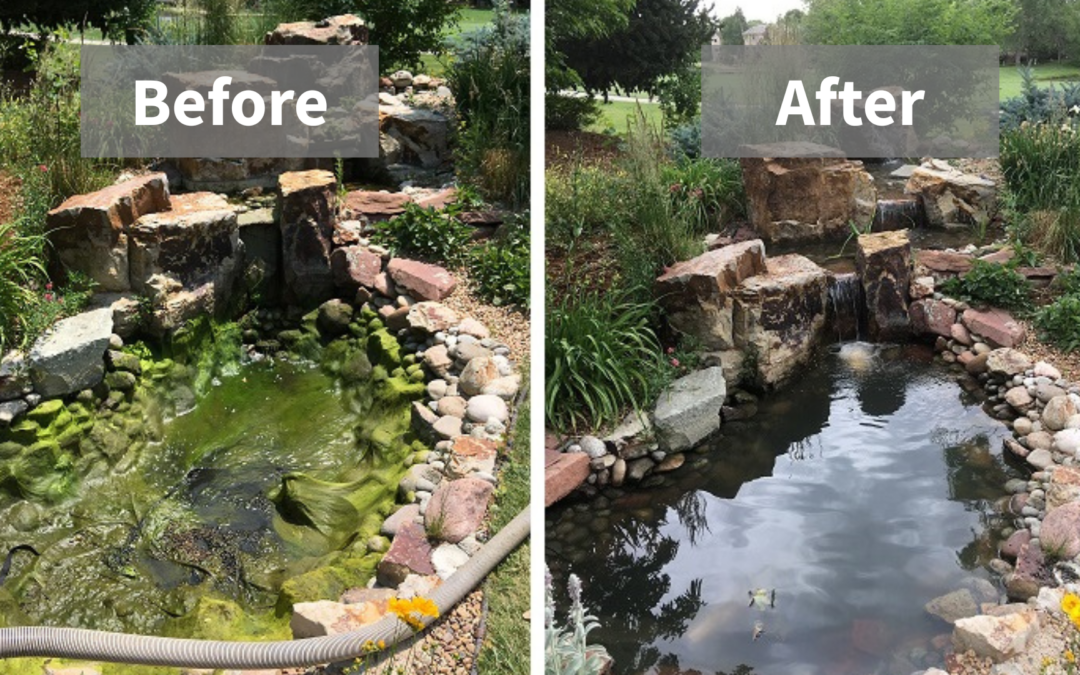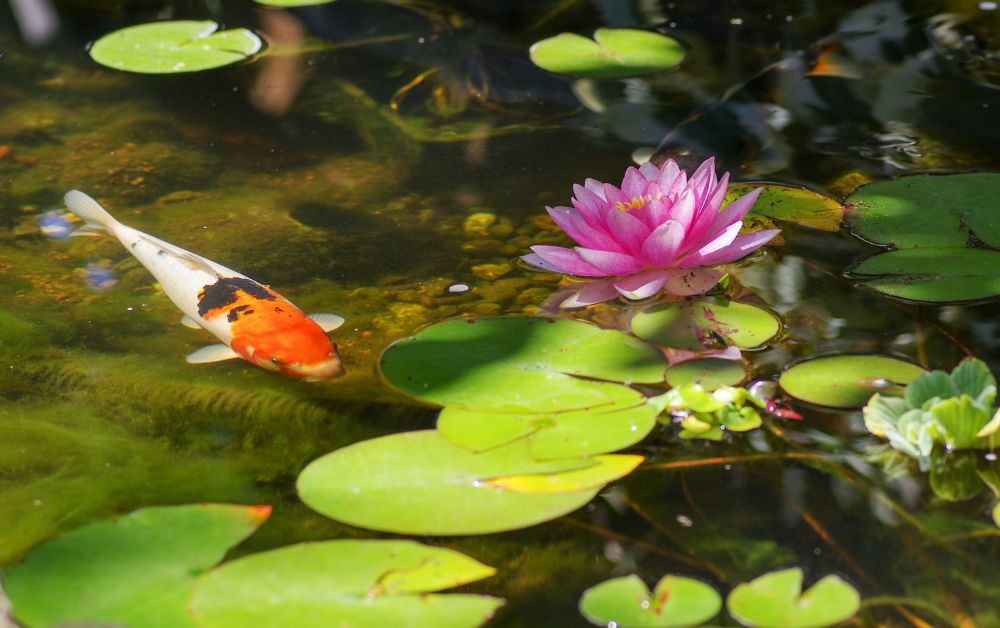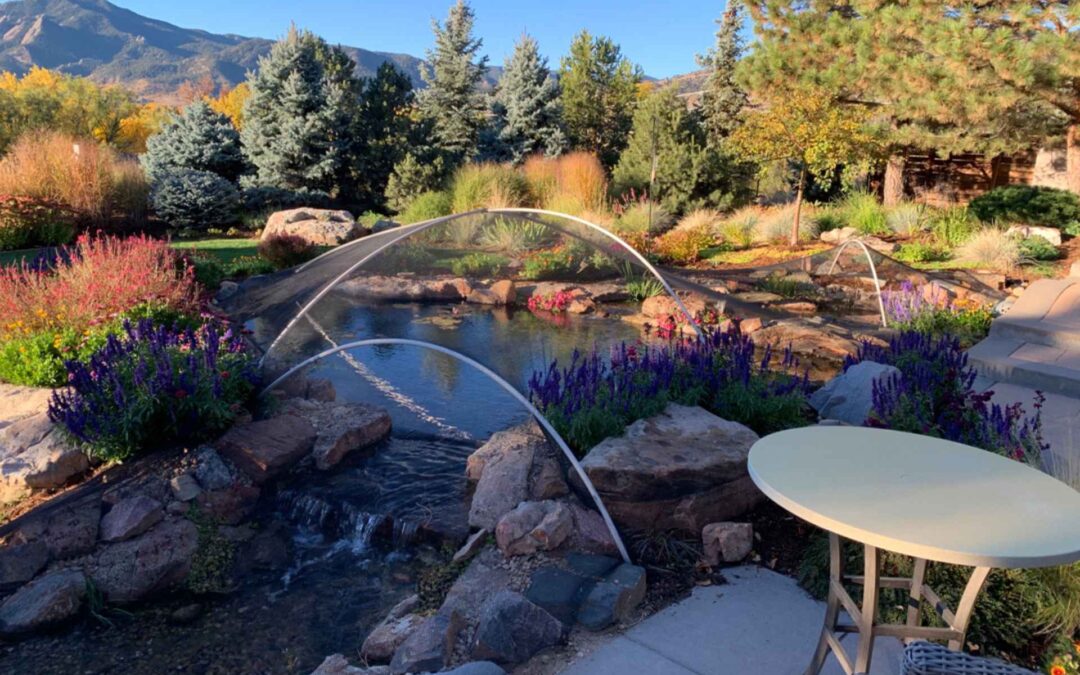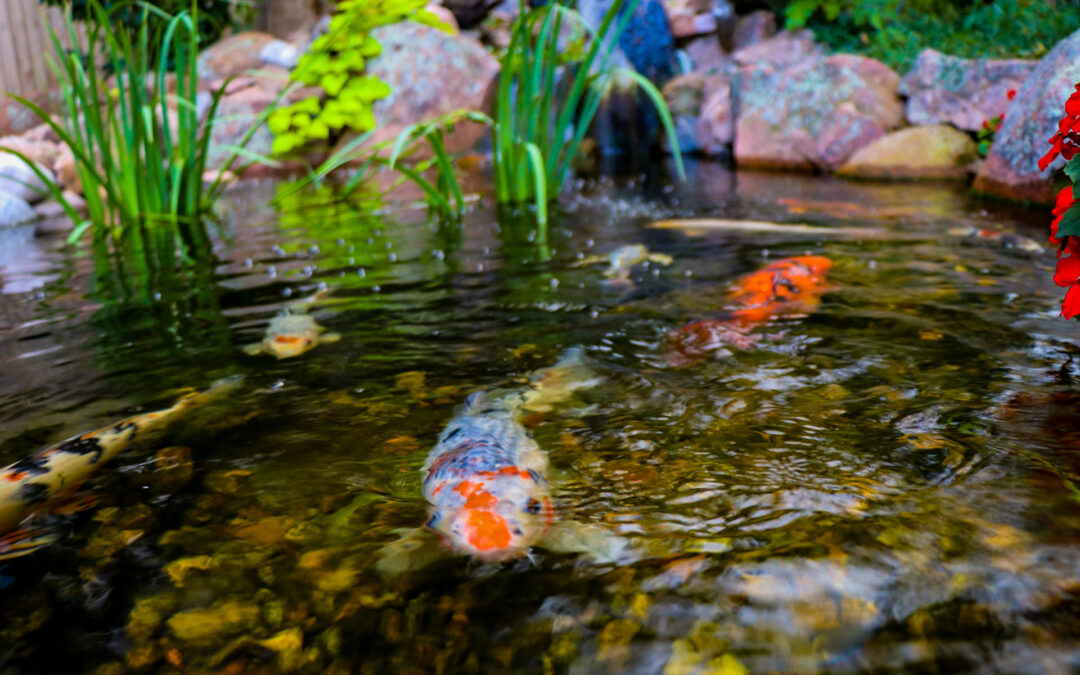Get ready to prep your pond for the changing seasons with these 4 essential tips.
4 Things To Prepare Your Pond For Fall
As the days grow shorter and the temperatures begin to drop in Colorado, it’s important to start preparing your pond for the upcoming fall season. Taking the time to properly care for your pond before winter sets in will ensure that it remains healthy and thriving when spring arrives. In this article, we will discuss the importance of fall pond preparation and provide you with some valuable tips on how to get your pond ready for the colder months ahead.
Importance of Fall Pond Preparation
Fall pond preparation is crucial for maintaining the overall health and longevity of your pond ecosystem. By taking proactive measures to prepare your pond for the upcoming season, you can prevent potential problems and ensure that your pond remains in good condition throughout the winter months. Here are some key areas to focus on when preparing your pond for fall:
- Cleaning and Maintenance
One of the first steps in fall pond preparation is to clean out any debris that has accumulated over the summer months. This includes removing leaves, twigs, and other organic matter that can decompose and release harmful substances into the water. Additionally, it is important to check and clean the pond filters to ensure proper water circulation and filtration. By starting the fall season with a clean and well-maintained pond, you can help prevent algae blooms and other water quality issues. Proper pond maintenance can prevent up to 90% of common pond issues.
- Trimming Aquatic Plants
As fall approaches, aquatic plants begin to go dormant in preparation for the winter. It is essential to trim back any overgrown plants to prevent them from decaying and adding excess nutrients to the water. Trimming aquatic plants also helps to maintain a balanced ecosystem within the pond, allowing for healthy growth in the spring. Fall is the best time to fertilize aquatic plants as it prepares them for a strong spring growth.
Cleaning and Maintaining Pond Equipment
One of the first tasks you should tackle when preparing your pond for fall is cleaning and maintaining your pond equipment. Over time, debris and contaminants can accumulate in your pond’s filter, pumps, and skimmers, compromising their efficiency. Be sure to remove any debris and clean the equipment thoroughly before winter sets in. Additionally, it’s also a good idea to inspect your equipment for any signs of wear and tear and make any necessary repairs or replacements.
When cleaning your pond equipment, it’s important to use the right tools and cleaning agents to ensure thorough cleaning without damaging the delicate components. For filters, consider using a gentle brush to remove debris and buildup, and for pumps, carefully disassemble them to clean each part individually. Skimmers should be checked for clogs and cleaned to maintain proper water flow.
Regular maintenance of your pond equipment can help prolong their lifespan and keep your pond ecosystem healthy. By scheduling routine checks and cleanings throughout the year, you can prevent major issues and ensure that your pond functions optimally. Remember, a well-maintained pond not only looks beautiful but also provides a healthy environment for your aquatic plants and fish to thrive.
Removing Debris and Fallen Leaves
Another important aspect of fall pond preparation is removing debris and fallen leaves from your pond. As the leaves start to fall, they can quickly accumulate in your pond, leading to a buildup of organic matter. This can cause water quality issues and potentially harmful nutrient imbalances. Carefully skim the surface of your pond to remove any leaves or debris and consider using a pond net to cover the pond and prevent further accumulation.
In addition to skimming the surface of the pond, it is also beneficial to check and clean out your pond’s filtration system. The falling leaves and debris can clog up the filters, reducing their efficiency in keeping the water clean and clear. By cleaning or replacing the filter media as needed, you can ensure that your pond’s filtration system is operating at its best during the fall season.
Fallen leaves not only pose a threat to water quality but can also create hiding spots for predators that may harm your pond fish. By diligently removing debris and fallen leaves, you are not only maintaining the aesthetic appeal of your pond but also creating a safer environment for your aquatic inhabitants. Remember, a clean and well-maintained pond is essential for the overall health and balance of your water feature.
Adjusting Feeding Habits for Fish in Fall
With the changing season, it’s essential to adjust your feeding habits for the fish in your pond. As the water temperatures drop, fish become less active and their metabolism slows down. Overfeeding can lead to poor water quality and unnecessary stress on your fish. Gradually reduce their feeding frequency and switch to a low-protein, high-carbohydrate fish food designed specifically for fall and winter feeding. This will ensure that your fish receive the nutrients they need without causing any harm to their overall well-being.
You should always consider the natural behavior of fish during the fall season. Many fish species, such as koi and goldfish, tend to be more dormant during colder months, conserving their energy for the winter. By adjusting their feeding habits accordingly, you are not only promoting their health but also respecting their natural instincts.
The decrease in water temperature can also affect the digestion process of fish. Coldwater fish have slower digestive systems in cooler temperatures, meaning that they require less food to sustain themselves. By being mindful of this biological factor, you can prevent overfeeding and potential health issues among your aquatic pets.
Tips for Insulating Pond Pumps and Filters
If you plan to run your pump during colder months, proper insulation of your pond pumps and filters is paramount to prevent damage from freezing temperatures. As the weather gets colder, it’s important to insulate these components to prevent freezing and potential cracks. Consider using foam insulation sleeves or blankets to protect your pumps and filters from extreme temperatures. Additionally, ensure that any exposed pipes are properly insulated to prevent them from freezing and causing damage to your entire pond system.
When selecting insulation materials for your pond pumps and filters, it’s critical to choose products that are specifically designed for outdoor use and can withstand moisture. Look for insulation sleeves that are water-resistant and durable to ensure long-lasting protection for your equipment. Investing in high-quality insulation will not only safeguard your pumps and filters during the winter months but also help improve their overall efficiency and lifespan. Insulating pond equipment can increase its lifespan by up to 25%.
In addition to insulating your pond pumps and filters, it’s necessary to regularly check for any signs of wear or damage to the insulation. Over time, exposure to the elements can cause insulation to deteriorate, compromising its effectiveness. By inspecting the insulation periodically and replacing it when necessary, you can ensure that your pumps and filters remain well-protected and continue to operate smoothly throughout the year.
Final Fall Pond Maintenance Checklist
As a final step in preparing your pond for fall, here’s a checklist to ensure you have covered all the necessary tasks:
- Clean and maintain your pond equipment.
- Remove debris and fallen leaves.
- Adjust feeding habits for fish in fall.
- Insulate pond pumps and filters.
By following this checklist and taking the time to properly prepare your pond for fall, you will ensure that your pond remains in optimal condition during the colder months. Not only will this protect your investment, but it will also provide a healthy environment for the plants and animals that call your pond home. Remember, a little extra effort now will go a long way in ensuring a successful and enjoyable pond season next year.
As the temperatures drop, it’s also necessary to monitor the water quality in your pond. Cold weather can affect the balance of beneficial bacteria that help keep the water clean and clear. Consider using a water test kit to check the pH, ammonia, and nitrate levels in your pond. Making any necessary adjustments now will prevent water quality issues in the coming months.
Another important task for fall pond maintenance is to trim back or even remove any overgrown aquatic plants. As the growing season comes to an end, some plants may have outgrown their space in the pond. Use a pair of pond scissors to carefully trim back excess foliage, ensuring that the plants do not overcrowd the pond or impede water flow. This will not only improve the overall aesthetic of your pond but also prevent potential issues with oxygen levels and algae growth.
By taking these steps, you ensure your pond remains a beautiful and healthy part of your landscape year-round.
Fun Fact
- Fall is the best time to fertilize aquatic plants as it prepares them for a strong spring growth. (Source: Aquascape, Inc.)






